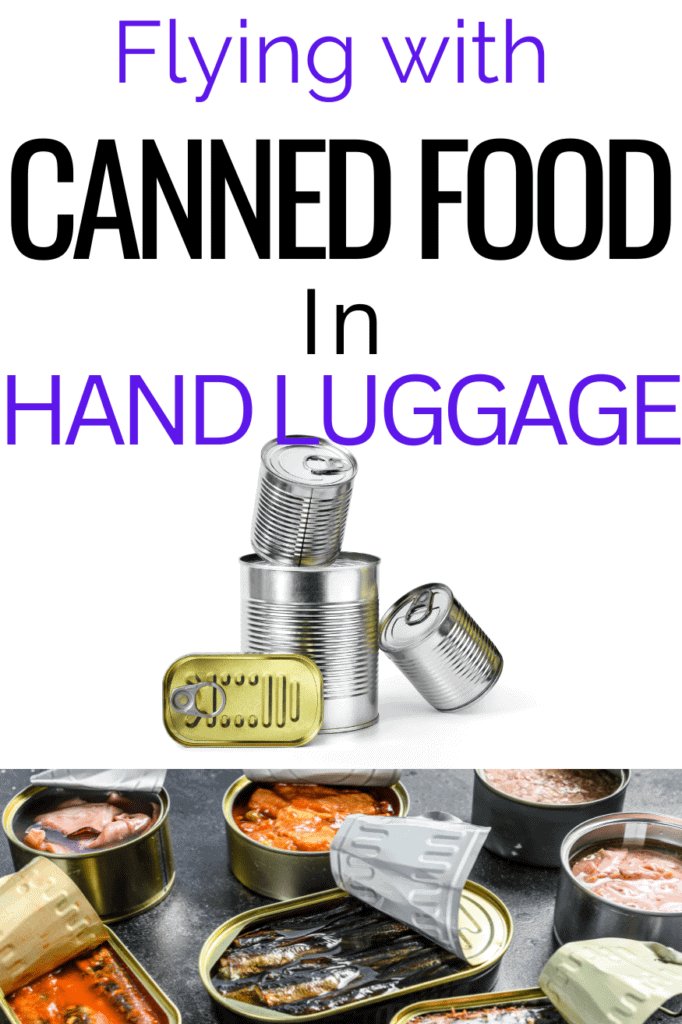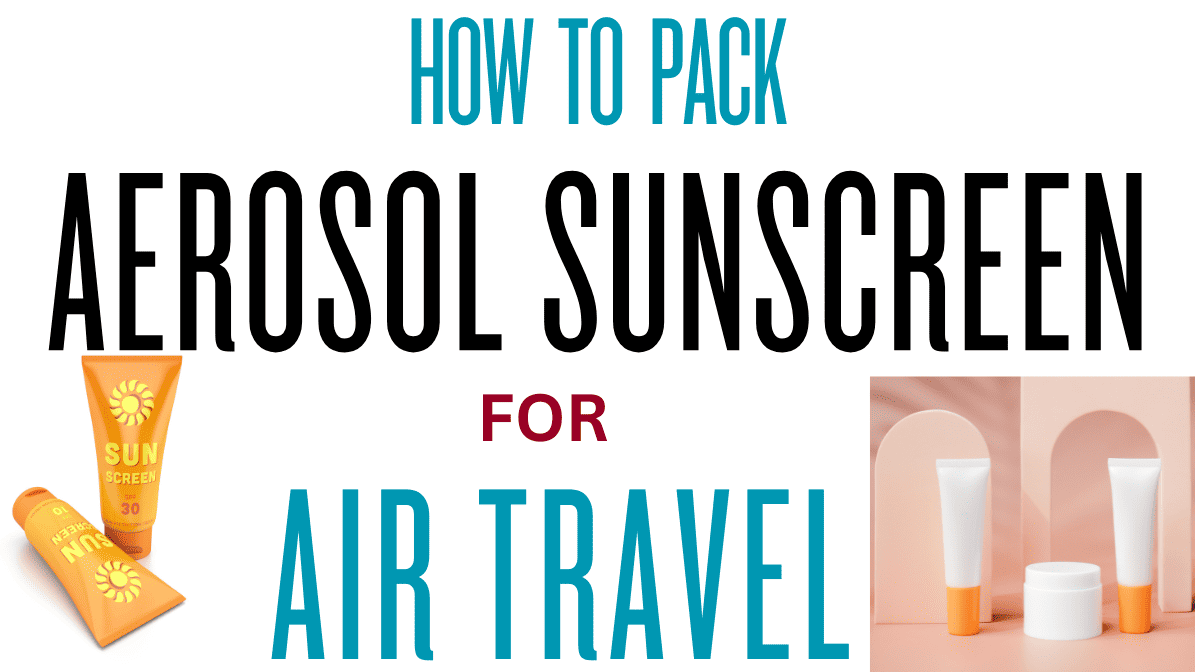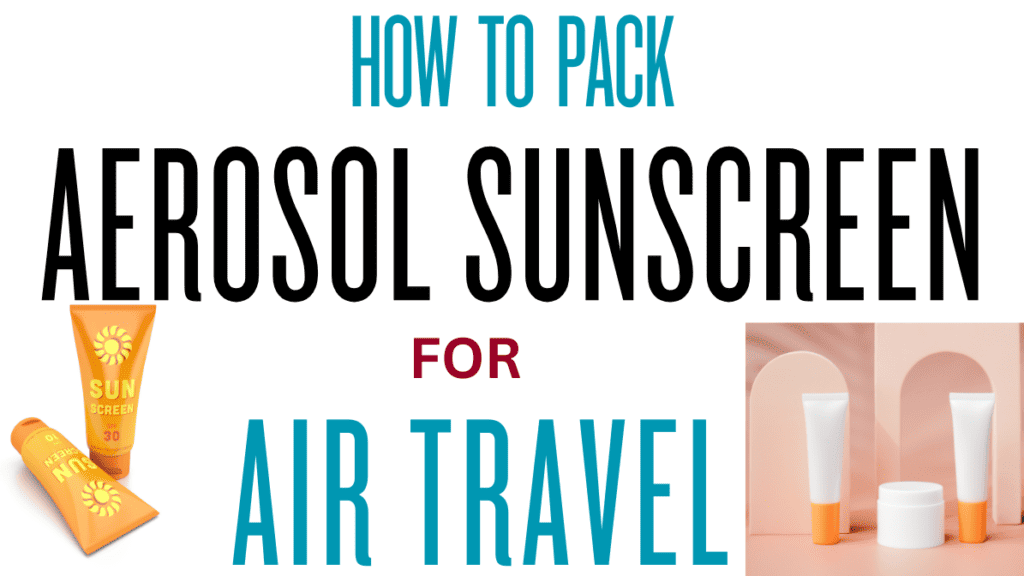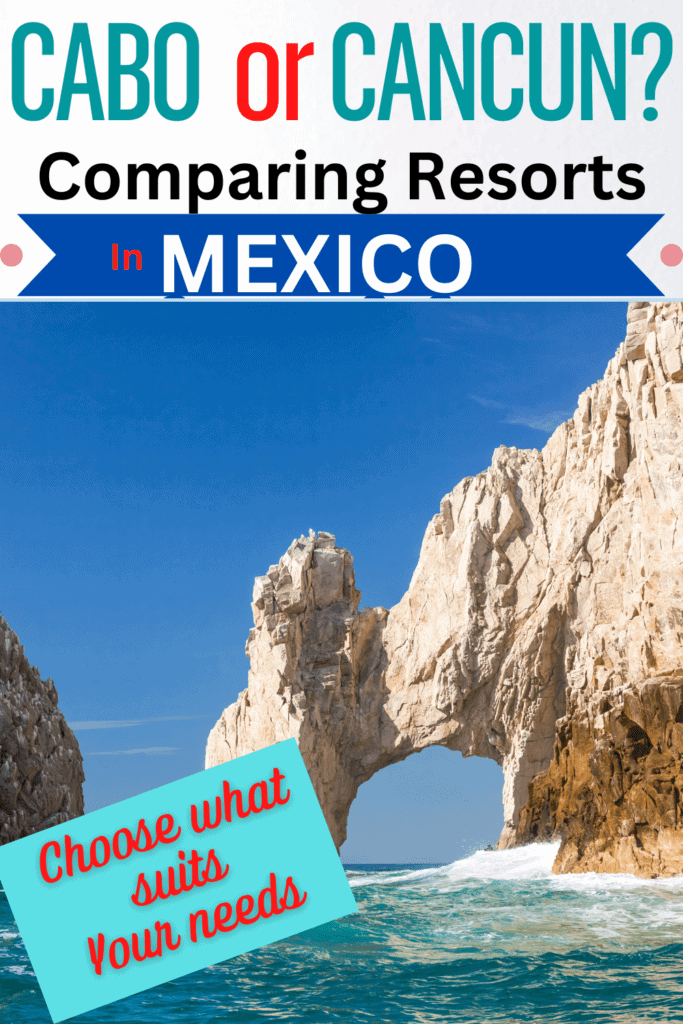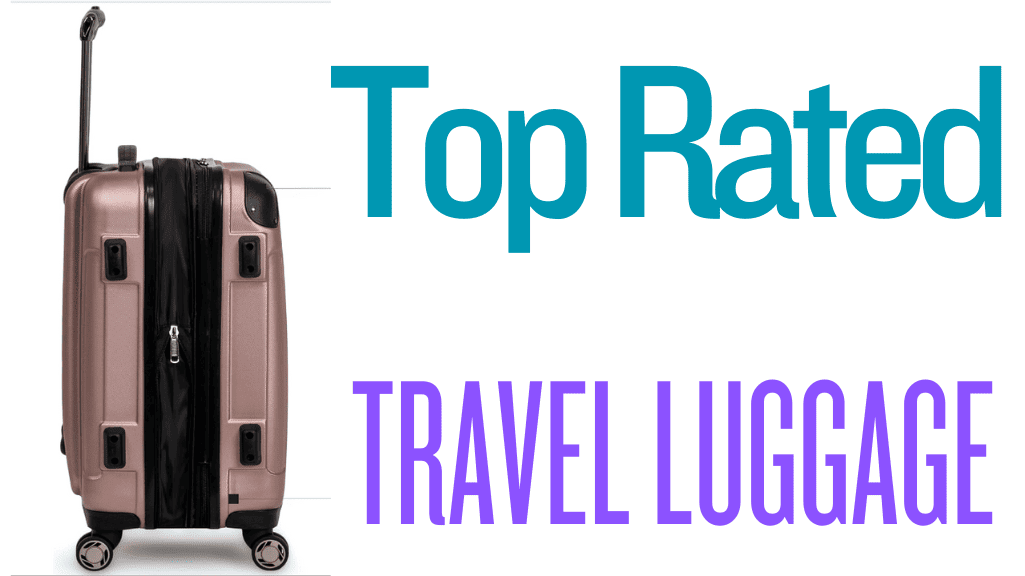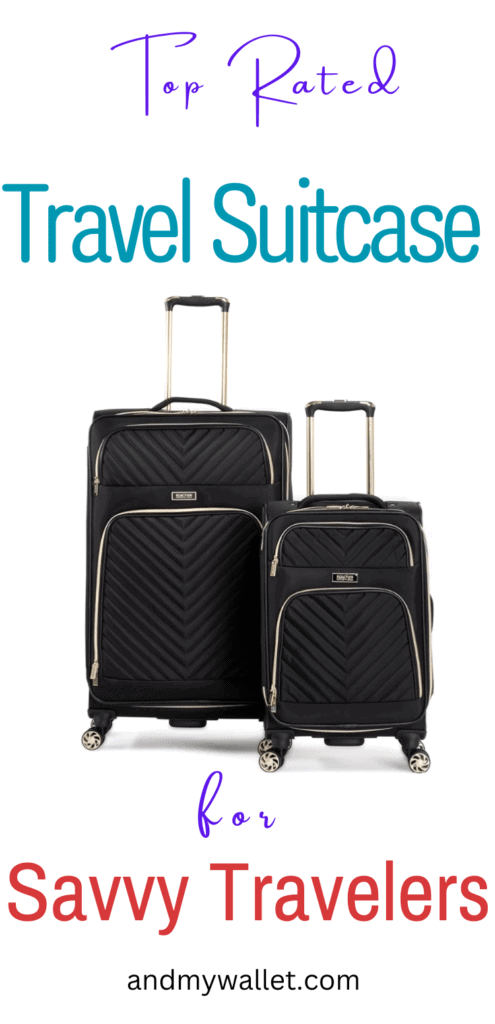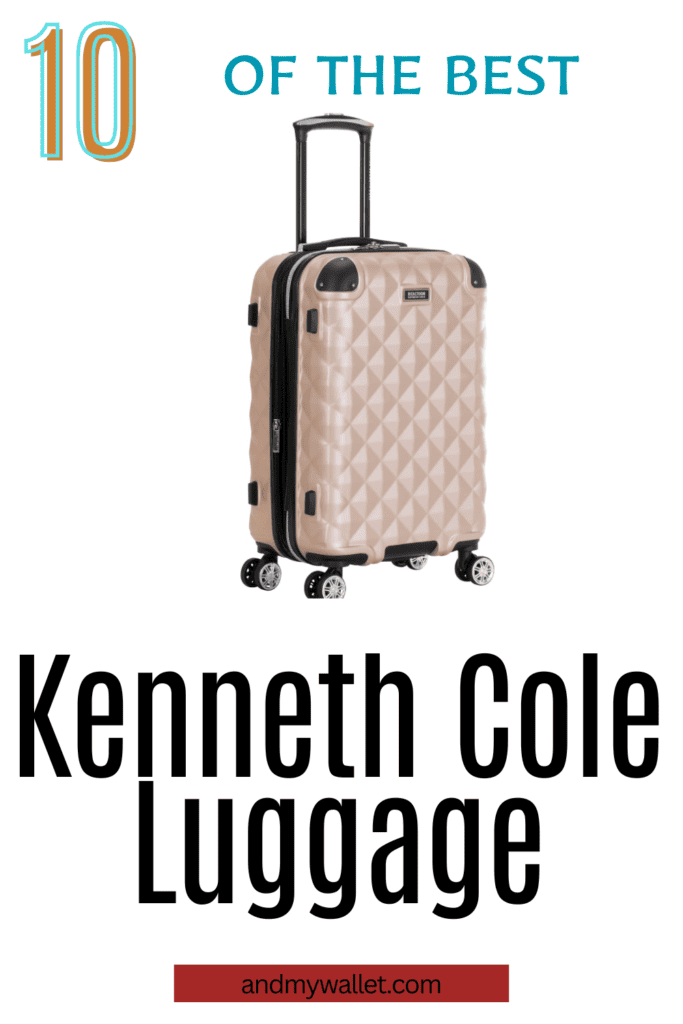Travelers often wonder about the regulations surrounding the transportation of canned food on airplanes.
The Transportation Security Administration (TSA) permits passengers to bring canned goods on planes, both in checked luggage and carry-on bags.
However, certain restrictions and guidelines need to be considered to ensure a hassle-free journey through airport security.
Carrying canned food in checked luggage is generally straightforward with no quantity limitations.
Nevertheless, passengers should pack these items securely to prevent damage during transit.
In contrast, when bringing canned food in carry-on baggage, the TSA’s liquid rule comes into play.
Cans must comply with the rule that limits the quantity of gels, aerosols, creams, pastes, and liquids that can be carried through the security checkpoint.
Understanding the specific TSA guidelines helps travelers prepare accordingly and avoid having items confiscated at security. Awareness of the rules serves to expedite airport security procedures and ensures that canned food items reach the destination as intended.
Understanding TSA Food Rules
When traveling by air, passengers need to be familiar with the Transportation Security Administration (TSA) guidelines regarding food items.
These rules are in place to ensure that security concerns are adequately addressed. The TSA has specific regulations for both carry-on and checked baggage to ensure the safety of all travelers.
Carry-On Constraints
The TSA 3-1-1 liquids rule is a crucial consideration for passengers carrying food items in their carry-on bags.
Under this rule, any liquid, gel, or aerosol must be in a container that holds 3.4 ounces (100 milliliters) or less. All such containers should fit comfortably within a single quart-sized bag.
This rule applies to liquid foods that have a high liquid content, like soups, sauces, or creamy dips.
Food items that are spreadable or pourable also fall into this category.
-
- Soups
- Yogurts
- Some fresh fruits
- Jams
- some fresh foods
- Salad dressings
- Salsas
Other solid foods are generally allowed in carry-on bags but may require additional screening.
It is essential that passengers present these items to TSA officers at the checkpoint for inspection.
Checked Baggage Guidelines
For travelers opting to pack food in their checked luggage, fewer restrictions apply, allowing for a wider variety of food items.
Canned foods, which generally contain liquid, may be packed in checked baggage without adherence to the 3-1-1 liquids rule. However, passengers need to be aware of the potential for items to rupture or leak, potentially damaging other contents.
- Suggestions for packing canned foods in checked luggage:
- Ensure that cans are properly sealed.
- Wrap them in plastic to prevent leakage.
- Pack them securely to avoid crushing.
It’s also advisable to consider the destination’s regulations, as some international flights may have further restrictions on food items entering the country.
Passengers should always check their airline’s and destination’s specific policies before packing food in checked luggage.
Preparing Food for Air Travel
When bringing food on a plane, travelers must consider TSA guidelines and the best methods for packing to maintain food quality.
Packing Tips for Carry-On
Carry-on bags are subject to stringent regulations at the checkpoint. The TSA’s screening process utilizes X-ray machines to inspect the contents of all carry-on items.
It’s vital to ensure that solid food items are separated from liquids, as the TSA restricts the quantity of liquids to 3.4 ounces (100 milliliters) or less per container in carry-on bags.
To expedite the screening process, travelers should pack solid food items in clear, accessible containers or bags.
A checklist for efficient packing in carry-on might include:
- Separate liquids such as sauces or drinks, adhering to the TSA’s liquids rule.
- Pack solid food items like sandwiches or chips in transparent containers.
- Place items that might require additional screening on top for easy access.
Storing Food in Checked Bags
For checked luggage, travelers have more leeway, as there are no restrictions on liquid quantities.
However, one should still consider the potential for temperature changes and movement that could affect food quality.
When packing food in checked bags, use leak-proof containers and insulate perishable items to prevent spoilage.
Secure all items to prevent shifting and possible crushing during transport.
- Wrap perishable food in insulation, such as a thermal bag with ice packs.
- Use sturdy, leak-proof containers for items that could spill.
- Ensure all food items are well-sealed and cushioned with clothing or bubble wrap.
Specific Food Items and Restrictions
When traveling by air, passengers can bring a variety of canned foods, but they should be aware of the specific guidelines for items such as baby nutrition, alcoholic beverages, and special diet foods, which have their own set of regulations.
Baby and Child Nutrition
Baby food, breast milk, formula, and toddler drinks are permitted on planes, but they are subject to specific restrictions.
Passengers carrying these items may be asked to undergo additional screening.
- Baby Food: Jars of baby food are acceptable in both checked luggage and carry-ons.
- Breast Milk: No quantity limit exists for breast milk. However, notify TSA officers at the beginning of the screening process.
- Baby Formula: Similar to breast milk, there are no restrictions on the amount of baby formula allowed.
- Toddler Drinks: Containers of toddler drinks must be screened separately.
Alcoholic Beverages and Duty-Free
Transportation of alcoholic beverages and duty-free alcohol involves strict adherence to FAA regulations.
- Alcoholic Beverages <24% alcohol (e.g., beer, wine): Generally no restrictions for checked bags; FAA regulates carriage in carry-ons.
- Alcoholic Beverages >24% and ≤70% alcohol: Up to five liters per passenger in checked baggage. No carry-on permitted except for mini bottles (<3.4 oz or 100 ml).
- Mini Bottles: Permitted in carry-ons only if they are less than 3.4 oz and fit comfortably in one quart-sized, clear, zip-top plastic bag.
- Duty-Free: Must be in secure, tamper-evident bags with the receipt. Consider country-specific regulations if transiting.
Special Dietary Foods
Passengers carrying special dietary foods or medically necessary liquids may bring larger quantities than what’s typically allowed for liquids, but must declare them for inspection.
- Special Instructions: Declare items to TSA officers and expect to undergo additional screening.
- Medically Necessary Liquids: Should be presented separately from other belongings during screening. These include items like juices for passengers with dietary needs or medications.
- Freeze Restrictions: Any medically necessary liquids or gels must be in a frozen state if they are packed in checked baggage to prevent spilling.
Dealing with Additional Screening and Exceptions
Passengers planning to travel with canned goods should be aware that the Transportation Security Administration (TSA) might require additional screening for such items.
When carrying canned foods like soups, oils, or juices, it’s essential to consider that reasonable quantities are typically permitted, but items must be screened separately.
For checked baggage, canned goods are generally allowed without strict limitations.
However, when bringing canned items in carry-on luggage, passengers should adhere to the 3-1-1 liquids rule set by the TSA. This rule states that all liquids, pastes, and gels must be in containers no larger than 3.4 ounces (100 milliliters) and must fit into one quart-sized resealable bag, with one bag per passenger.
| Permitted Items | Screening Process |
|---|---|
| Canned foods (Checked Baggage) | Typically allowed without additional screening |
| Canned foods (Carry-on Baggage) | Must adhere to 3-1-1 liquids rule: containers no more than 3.4oz in a quart-sized bag |
Remember that alcohol has specific rules, with travelers allowed to carry up to five liters of beverages between 24% and 70% alcohol by volume in checked luggage.
It’s advised to check the destination country’s regulations as these can affect what is permitted and what is not allowed.
TSA officers may subject items that trigger security concerns to further inspections.
If a passenger has medically necessary dietary products or infant food, these are usually exempt from the 3-1-1 rule but must be declared before screening.
It’s prudent to factor in the possibility of extra screening time and to be cooperative with TSA officers to ensure a smooth security check at both home and destination airports.
All in all, always keep in mind that The final decision rests with the TSA officer on whether an item is allowed through the checkpoint. You can always check the TSA website on What can I bring if you are unsure
You may like
Can I check pepper spray in my luggage?
Frequently Asked Questions
Travelers often inquire about the specifics of traveling with canned food. This section addresses common concerns regarding the transportation of canned goods on aircraft.
Are canned foods allowed in checked luggage during air travel?
Canned foods are generally permitted in checked luggage on most airlines. Travelers should ensure that the cans are securely packed to prevent punctures or leaks inside their baggage.
Is it possible for canned goods to burst during flight due to pressure changes?
Commercially packaged canned goods are designed to withstand normal changes in air pressure during flights. However, overfilled or damaged cans may be at risk of bursting.
What are the regulations for carrying canned food on international flights?
Passengers must comply with both the airline’s policies and the destination country’s customs regulations for bringing canned food on international flights.
It is advisable to check the restrictions or import laws of the destination country before traveling.
Does airline policy, such as American Airlines, permit the transport of canned foods on airplanes?
Airlines like American Airlines typically allow canned foods in checked or carry-on baggage, but passengers should check for any recent policy updates prior to packing.
Are there specific TSA rules for bringing homemade or canned food through airport security?
The Transportation Security Administration (TSA) permits travelers to bring food items, including canned goods, through security checkpoints. These items may be subject to additional screening.
Are there any restrictions on the quantity of food one can have in their carry-on luggage?
There is no set limit on the amount of solid food, such as canned items, a traveler can bring in carry-on luggage, but space constraints of carry-on bags naturally limit the quantity.
Items should fit within the passenger’s allotted baggage allowance.
I hope this answers your question about food restrictions or what kind of food you can take when flying.
Be aware that fresh meats may land you in trouble. Having said that, in countries like Australia, laws regarding bringing in food differ.

